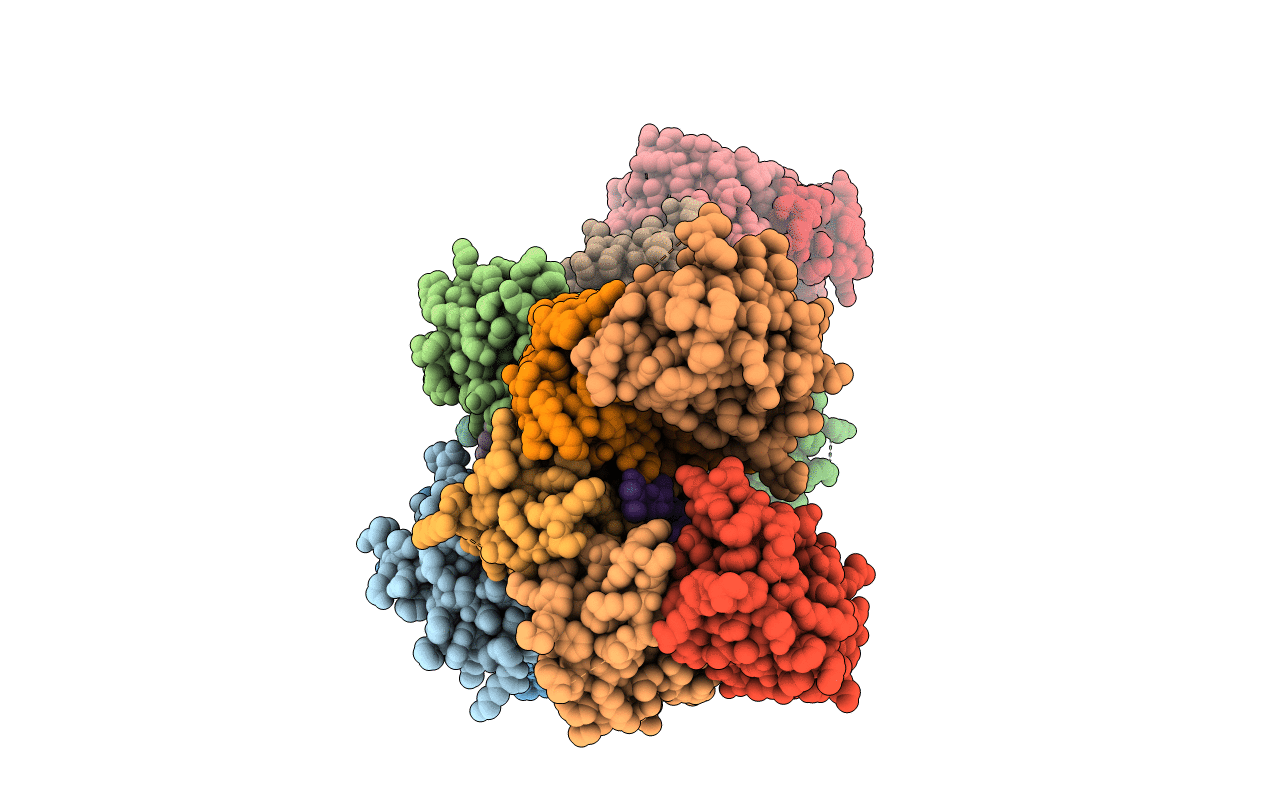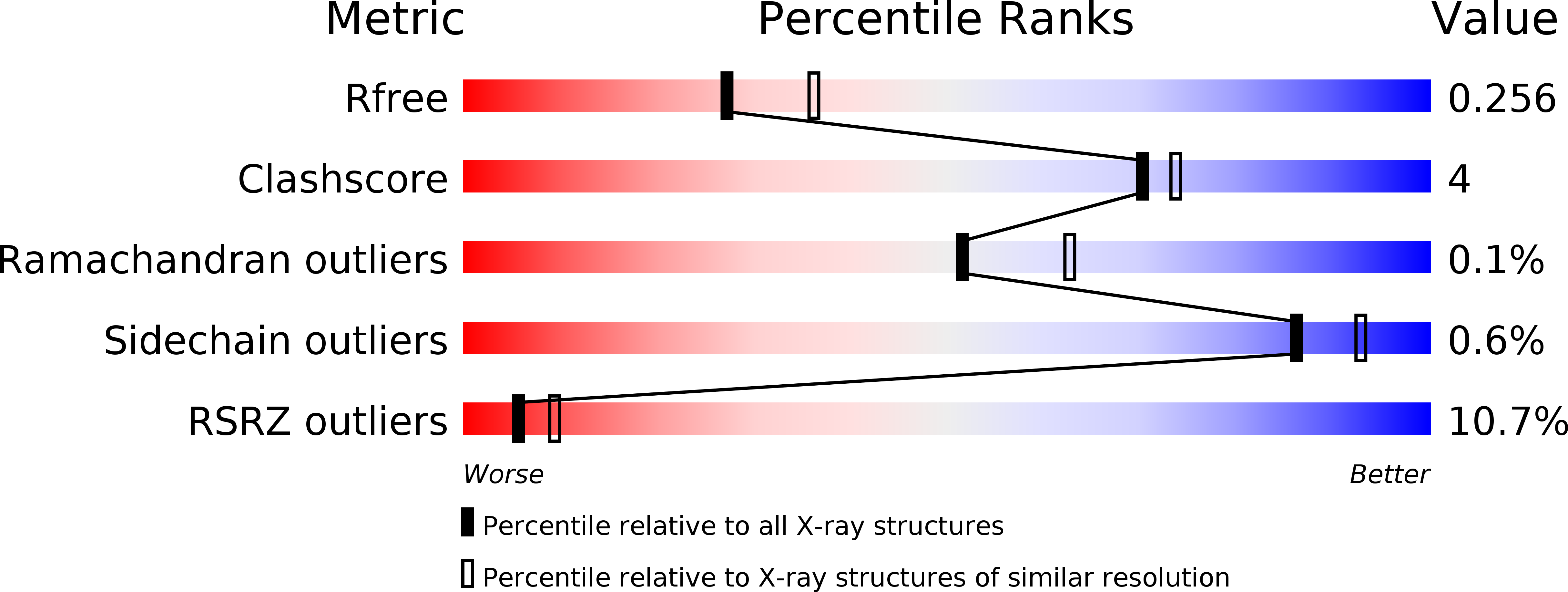
Deposition Date
2019-03-25
Release Date
2019-04-10
Last Version Date
2023-10-11
Entry Detail
PDB ID:
6OCP
Keywords:
Title:
Crystal structure of a human GABAB receptor peptide bound to KCTD16 T1
Biological Source:
Source Organism:
Homo sapiens (Taxon ID: 9606)
Host Organism:
Method Details:
Experimental Method:
Resolution:
2.35 Å
R-Value Free:
0.24
R-Value Work:
0.22
R-Value Observed:
0.22
Space Group:
P 1


